Press - information response force in disaster prevention
According to Mr. Nguyen Van Tien, Deputy Director of the Department of Dyke Management and Natural Disaster Prevention, in recent times, the press has played a very important role in natural disaster prevention, not only promptly reflecting the developments of floods, storms, and landslides, but also contributing to orienting public opinion, warning of risks, and promoting on-site action.
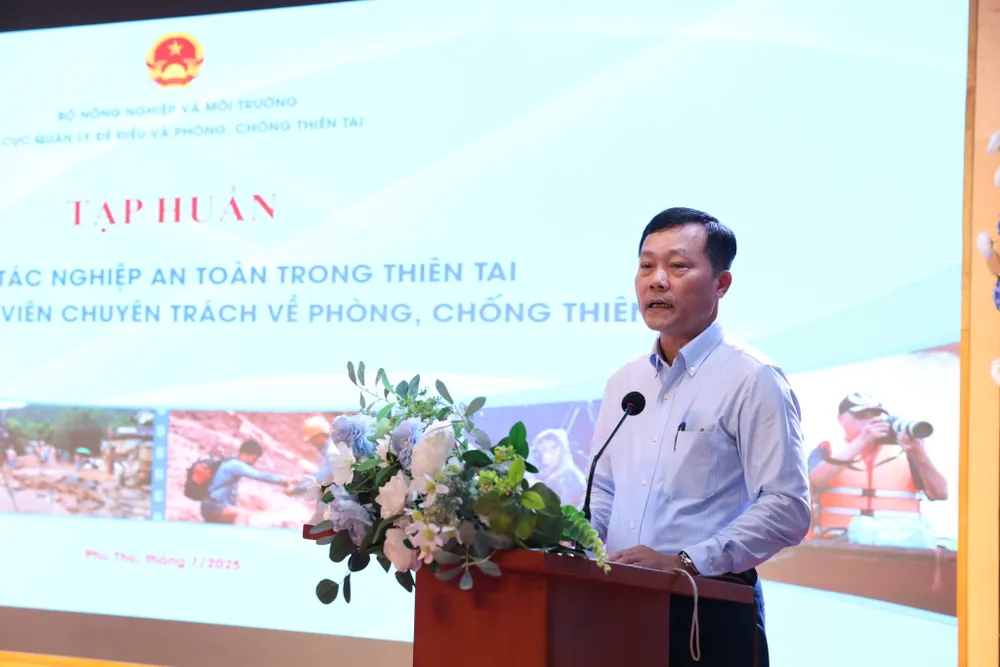
According to Mr. Nguyen Van Tien, many press agencies have proactively reported news quickly and accurately, accompanying authorities at all levels in transmitting emergency information, recommending response skills, as well as spreading the spirit of sharing and supporting people in affected areas. Mr. Nguyen Van Tien affirmed that the press is not only an important communication channel but also a "frontline rescue" force in terms of information during natural disasters, helping to reduce damage and strengthen community capacity.
Speaking at the training program, Mr. Dang Khac Loi, Deputy Director of the Press Department (Ministry of Culture, Sports and Tourism), emphasized the increasingly important role of the press in disaster prevention, especially in the context of strong digital transformation. According to Mr. Dang Khac Loi, propaganda is not only a bridge between management agencies and people but also contributes to orienting public opinion, raising awareness, promoting proactive prevention and response to natural disasters in the whole society.

However, Mr. Dang Khac Loi also warned that along with the rapid development of technology comes the risk of spreading false information, fake news, and toxic news. Therefore, press agencies need to pay special attention to building verification capacity, ensuring network security and maintaining a clean and responsible information environment.
According to the Press Department, from January 1, 2025 to July 10, 2025, there were 46,318 news articles on natural disaster prevention from 392 news sources, with a spread rate exceeding 11.88 billion views. Of which, 71.31% were positive, only 19.13% were negative and 9.56% were neutral. Notably, at some points, the spread rate skyrocketed with 956 news articles, the spread rate reached 16,602.
Commenting on this trend, Mr. Dang Khac Loi said that the prevalence of positive news is a good sign, demonstrating the proactive and supportive role of the press in disaster prevention. However, he warned that times of great influence are also times when fake news and misinformation can spread quickly and cause chaos, requiring press agencies to strengthen their capacity to verify, orient and protect official information.
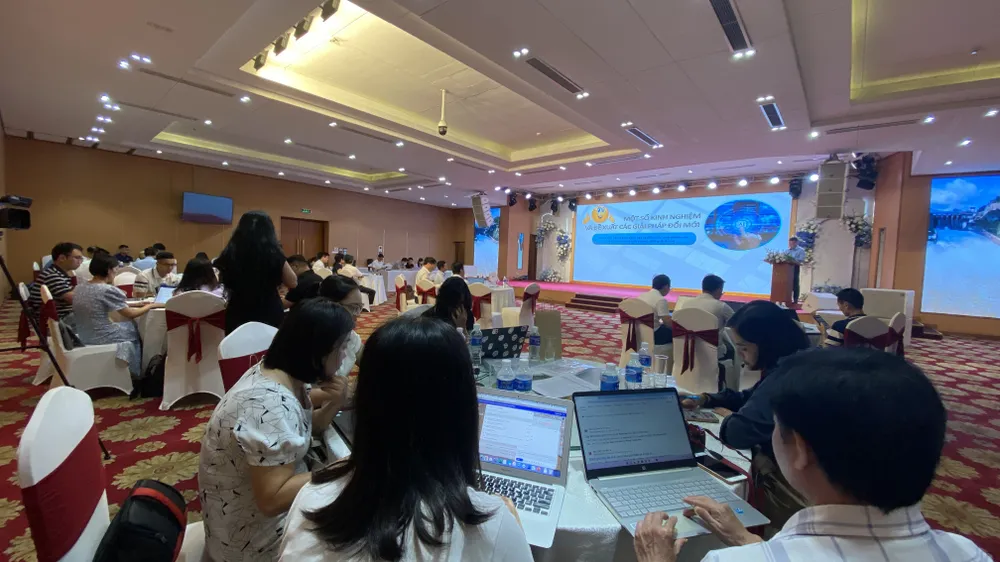
Along with that, press units need to increase investment in digital media infrastructure, train journalists specializing in natural disasters, develop digital content close to young people, and at the same time promote cooperation with businesses and technology platforms to spread authentic content to the community effectively and sustainably.
Mr. Dang Khac Loi believes that if the press knows how to take advantage of digital platforms such as YouTube, TikTok, fanpages, modern websites along with new technologies such as artificial intelligence, chatbots, etc., the dissemination of warning information and instructions on disaster response skills will reach the public more quickly, widely and effectively.
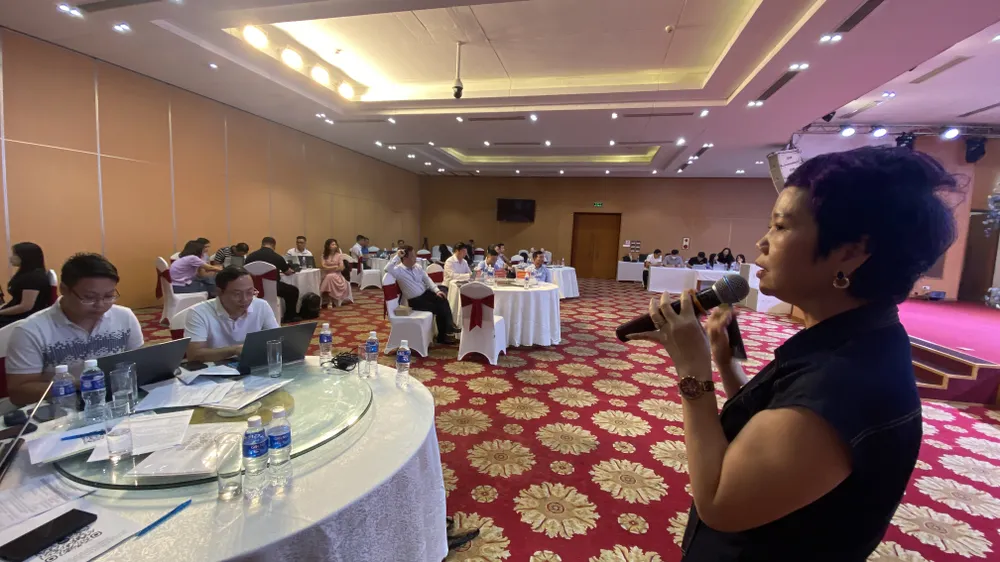
Strong decentralization to commune level
In the program, one of the contents presented was the issue of decentralization and delegation of power according to the two-level local government model in disaster prevention and dike management.
At the training session, Mr. Nguyen Van Hai, Head of the Department of Natural Disaster Response and Overcoming (Department of Dyke Management and Natural Disaster Prevention) mentioned major changes in the organizational structure. Accordingly, after the merger of localities, the commune-level government will take on 12 additional tasks that were previously performed by the district level.
These tasks include organizing propaganda, commanding the scene, managing materials and response means; integrating disaster prevention into socio-economic planning; repairing disaster prevention works (dykes, reservoirs) to mobilizing dike protection forces, organizing relief, distributing emergency support and handling violations of laws on dikes and natural disasters according to authority...
Mr. Nguyen Van Hai emphasized that the requirement for the commune level to “replace” the district level is a major step, requiring the entire political system at the grassroots level to change its mindset and be ready to respond on the spot. In the context of increasingly unusual, extreme and unpredictable natural disasters, this is a decisive factor in protecting people’s lives and property.
Also at the training course, members were updated with an overview of the natural disaster situation in Vietnam from 1961 to 2024 with nearly 800 storms and tropical depressions in the East Sea, of which more than 450 directly affected our country. A series of historic floods, landslides, flash floods, and saltwater intrusion have caused serious damage in many regions, showing the complexity, fierceness, and increasing nature of natural disasters in the context of climate change.
Source: https://www.sggp.org.vn/giam-tin-gia-xau-doc-va-sai-lech-ve-thien-tai-post803262.html



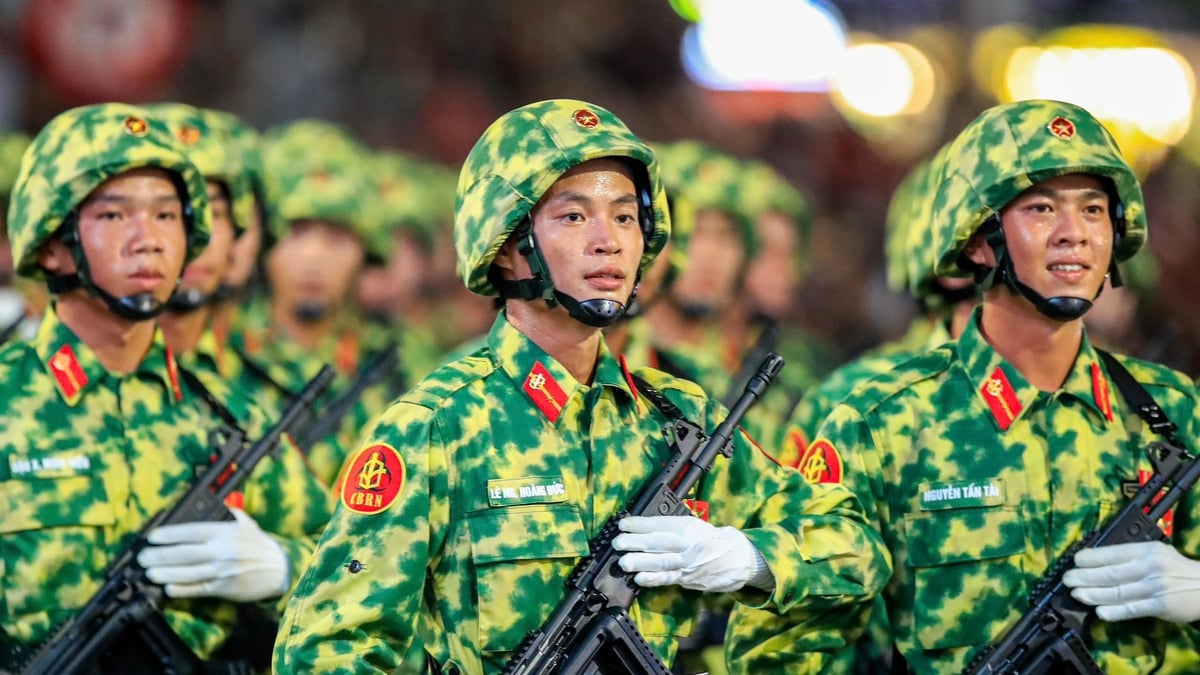
![[Photo] General Secretary To Lam attends the 80th anniversary of Vietnam's diplomacy](https://vphoto.vietnam.vn/thumb/1200x675/vietnam/resource/IMAGE/2025/8/25/3dc715efdbf74937b6fe8072bac5cb30)
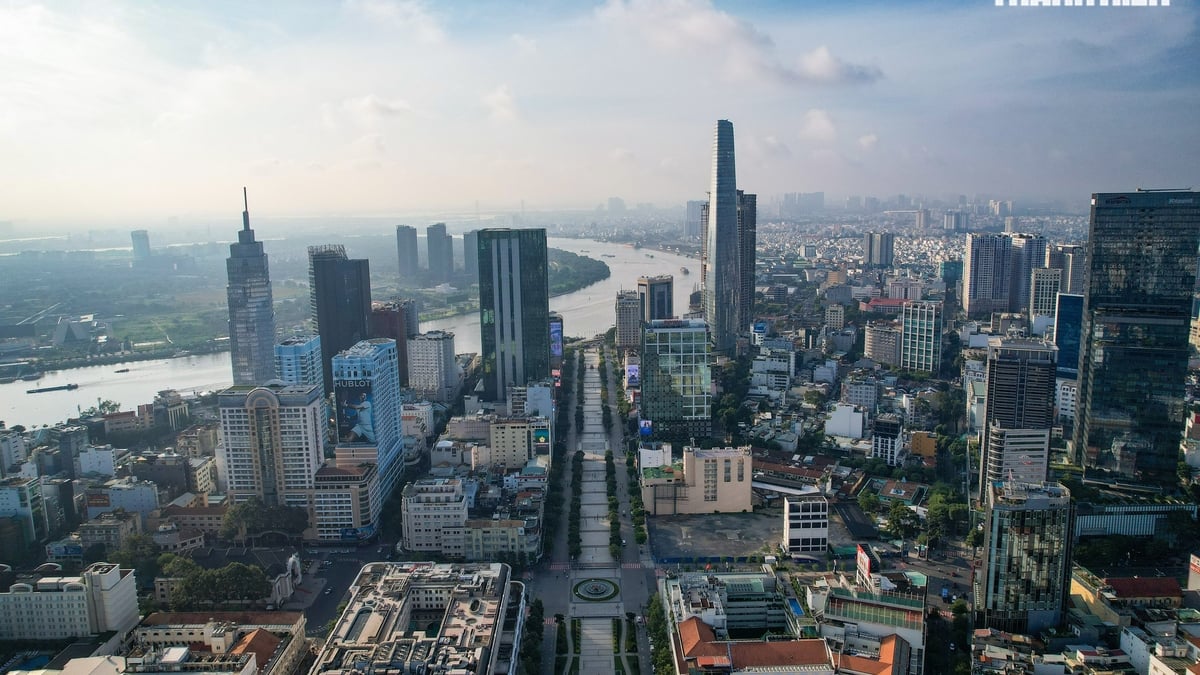



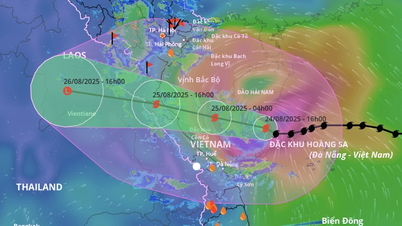

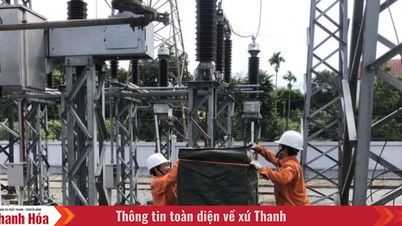

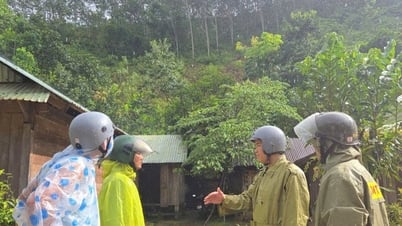

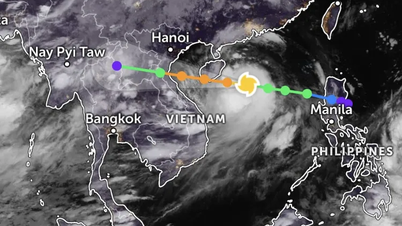
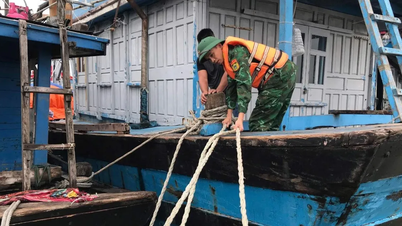
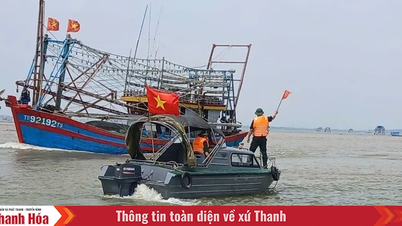
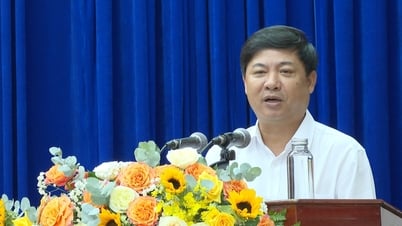
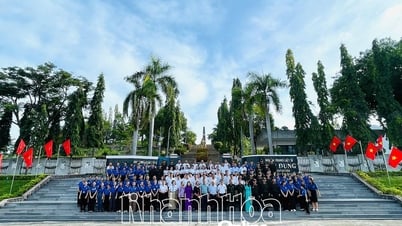

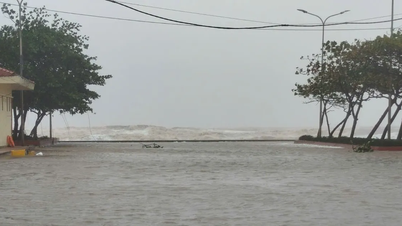


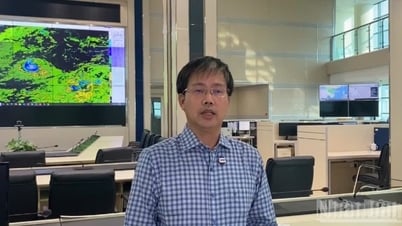







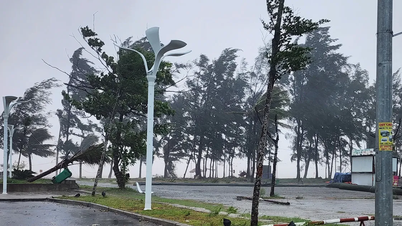


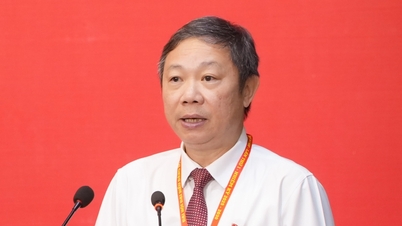
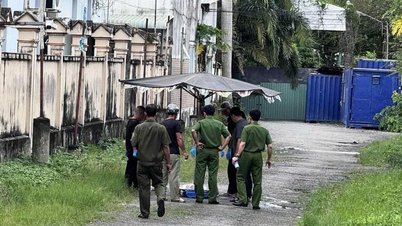




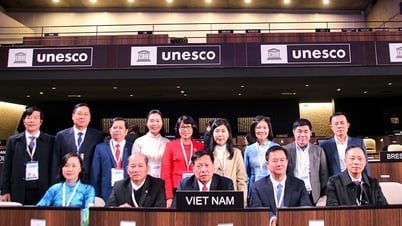

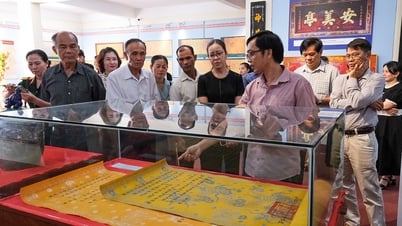





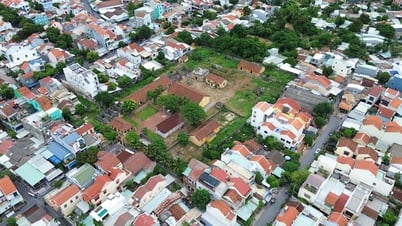




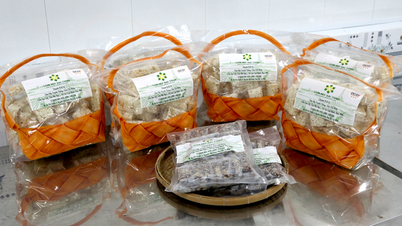


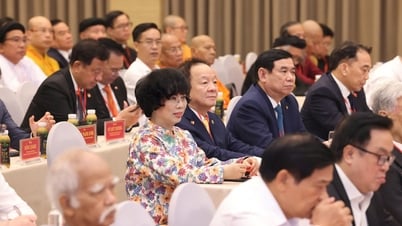












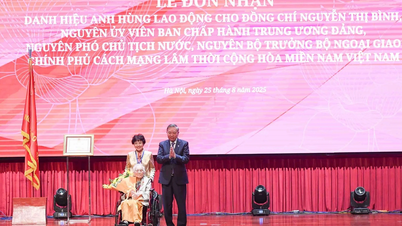


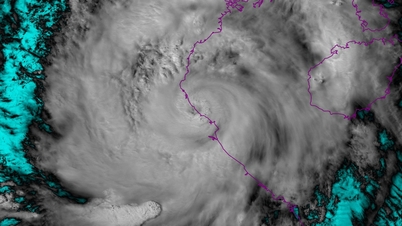









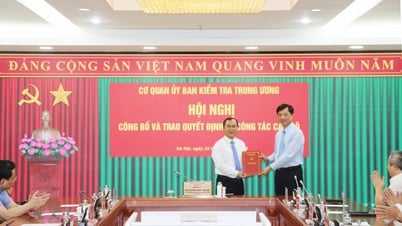


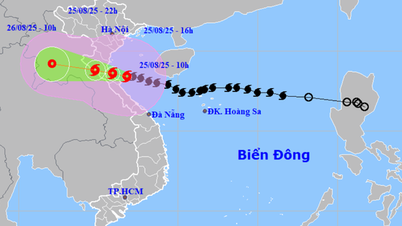
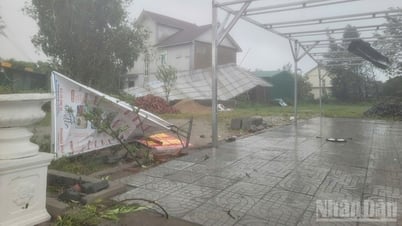

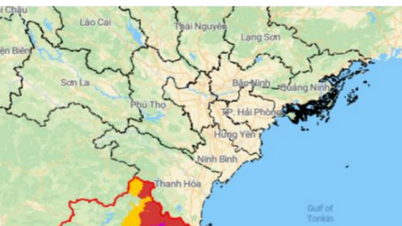

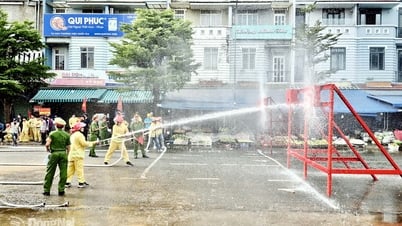

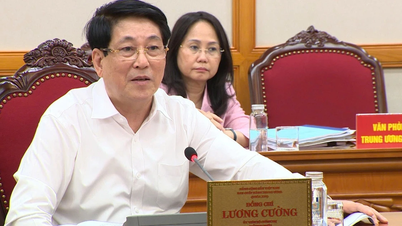




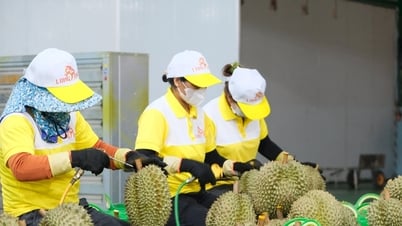



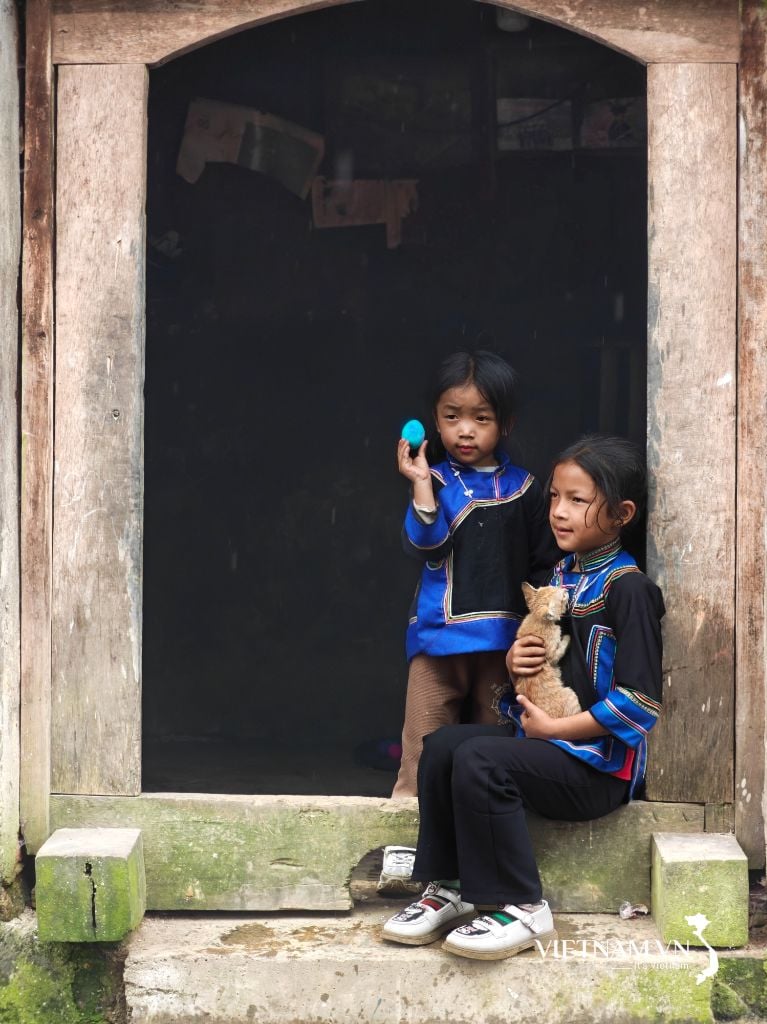



Comment (0)